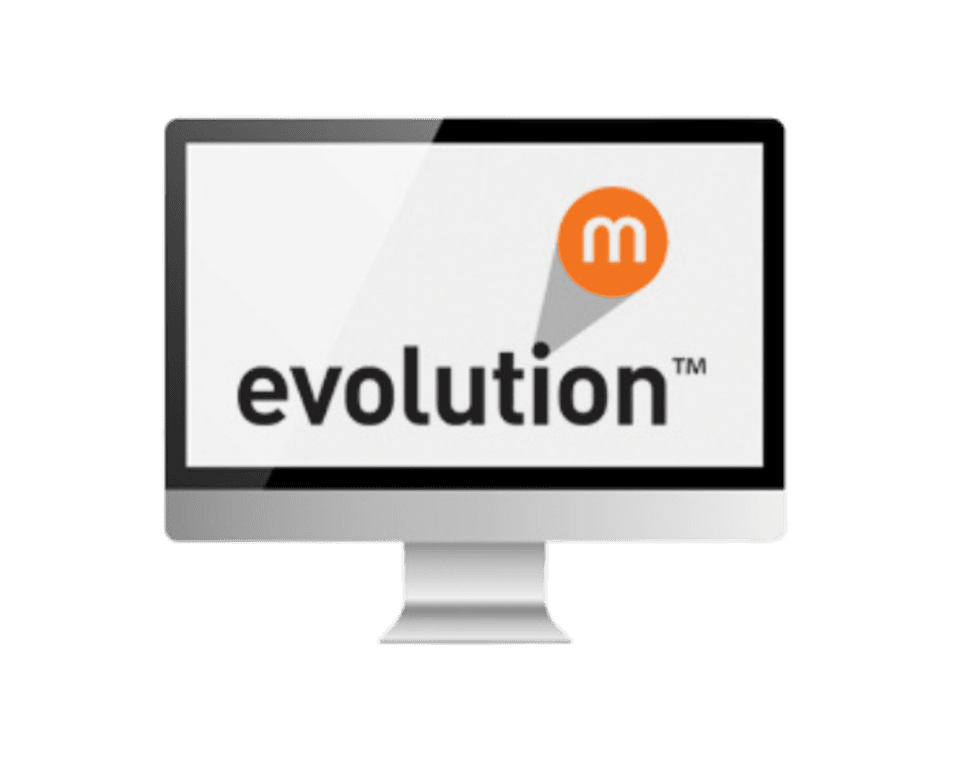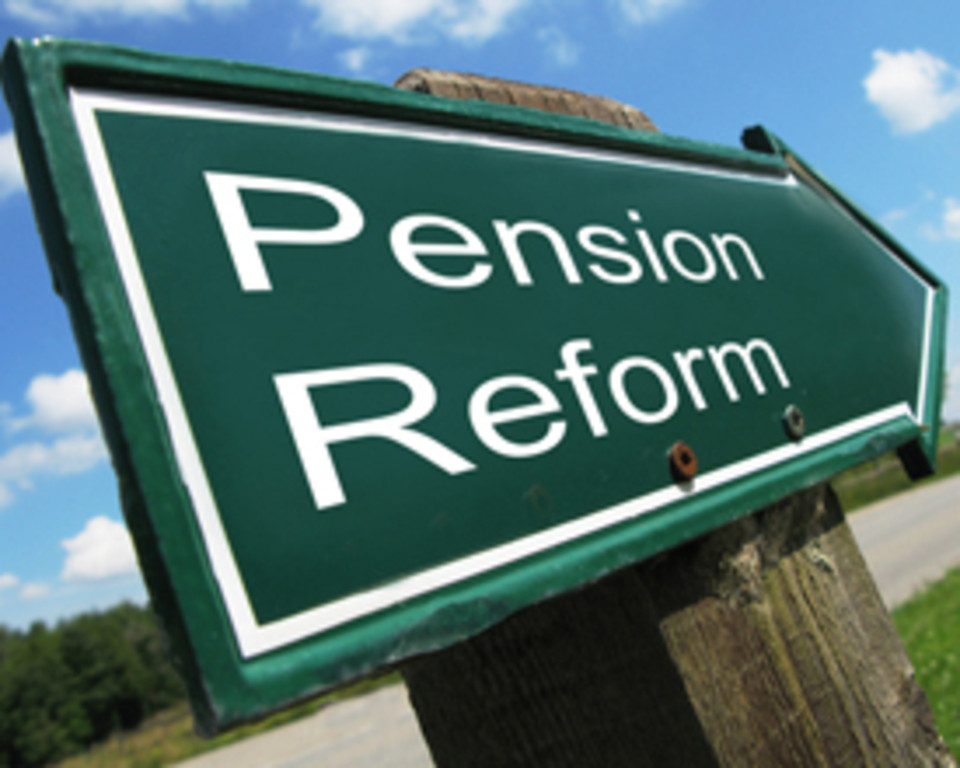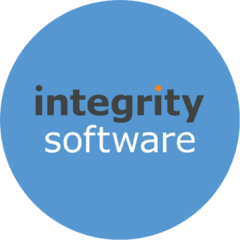Evolution M Knowledge Centre
This area is designed to help Evolution M users get the most from their system by providing system 'how to' guides, details of upcoming Customer Events and Webinars, plus guides on legislation such as Pensions and RTI.

Auto-enrolment pension reforms: what will they mean for your construction firm?
The government has begun to take steps to tackle the number of people making inadequate provisions for their retirement here in the UK. With many employees working later in life, living longer and earning comparatively less, existing pension schemes are failing to keep elderly men and women comfortable and self-sufficient during their retirement. The auto-enrolment pension reforms have sought to address this imbalance, and as of this year, all larger companies in the construction sector and beyond must comply with their terms.

Webinar: Introduction to Pension Reforms
This webinar prepares you for the introduction of Pension Reforms covering what they are, when and why they're needed and your responsibilities as an employer.
Webinar: Pension Reforms; Changes in Evolution M
This webinar prepares you for the introduction of Pension Reforms covering what they are, when and why they're needed and your responsibilities as an employer.
Useful information sources
Here are links to useful information provided by The Pensions Regulator which we mention in the above webinar.
The Pensions Regulator website
www.thepensionsregulator.gov.uk
Test for compliance of an existing scheme
www.thepensionsregulator.gov.uk/employers/dc-qualifying-scheme-tool.aspx
Registration checklist
www.thepensionsregulator.gov.uk/docs/automatic-enrolment-online-registration-checklist.pdf
Sample letters to employees
www.thepensionsregulator.gov.uk/employers/letter-templates-for-employers.aspx
Finding your staging date and creating your plan
www.thepensionsregulator.gov.uk/employers/planning-for-automatic-enrolment.aspx
Calculating minimum employer contributions
www.thepensionsregulator.gov.uk/employers/tools/employer-contributions.aspx
Frequently Asked Questions
1. What are pension reforms?
In previous generations, pension schemes were primarily the reserve of workers themselves. While many employers will have offered corporate pension schemes, it was ultimately down to the employees whether they wished to opt in to a scheme or not. Those who opted in would set aside a small amount from their pay each month that they could subsequently access once they reached retirement age, essentially providing for their own future over time. Under the terms of the pension reforms, however, these schemes will no longer be optional. Most companies will have to establish corporate pension schemes before enrolling certain staff members automatically. As some workers won’t be able to afford monthly pension payments, companies will be expected to contribute to their employees’ pension funds too. These contributions will be slowly phased in, the details of which can be found on the Pensions Regulator website.
2. Who is eligible for auto-enrolment?
Not all of your employees will be eligible for auto-enrolment under the new pension reforms and may choose to opt in or out as they see fit. There are three categories of worker identified by the Pensions Regulator, and they are as follows:
Eligible Jobholder
An eligible jobholder will be aged between 22 and state pension age (SPA), qualifying earnings payable by the employer that are more than the earnings trigger in the relevant pay period, currently £9,440, for 2013/14 tax year and work in the UK. As an employer, you must automatically enrol an eligible jobholder into a qualifying pension scheme.
Non-eligible Jobholder
A non-eligible jobholder are workers employed in the UK that may be too young or old to be eligible, or may earn below the rate that will trigger auto-enrolment, currently set at £9,440 for the 2013/14 tax year. These workers will not have to be automatically enrolled, but can choose to opt into a pension scheme instead.
Entitled Worker
An entitled worker will earn less than the qualifying earnings but is entitled to join a pension scheme. The employer must arrange access to a pension scheme if asked, but does not have to make any contribution.
Auto-enrolment applies to any individual classed as a ‘worker’. A worker is defined as any individual who works under a contract of employment (an employee) or has a contract to perform work or services personally.
Read more information on identifying ‘workers’ and defining your workforce on the Pensions Regular website.
3. What are my responsibilities as an employer?
As an employer in the construction sector under the latest pension reforms, your duties will be as follows:
Registry: Regardless of the size of your company, you must register with the Pensions Regulator within four months of your staging date. Once registered, the government will be able to ascertain whether you’re able to comply with the auto-enrolment pension reforms easily, or whether you may require their assistance. Our own accounting software has optional capabilities for managing auto-enrolment as standard, which will make the processing of such a change much simpler when your firm reaches its staging date. You can choose to postpone automatic enrolment for up to three months from your staging date. However, this does not postpone your staging date so you still have to register within four months of this date.
Automatic enrolment: Unless you have postponed automatic enrolment, any employees who qualify for auto enrolment (eligible jobholders) should be enrolled into a qualifying pension scheme and have contributions made into this pension on the first payroll run after your staging date. Any non-compliant firms will be chased up by the Pensions Regulator, who has the power to enforce compliance. Your accounting software should also give the chance to manage auto-enrolment of employees on an individual basis, particularly as opt-outs, contributions and different earning brackets will give a number of different variables to consider.
Contributions: Those employees eligible for auto-enrolment under the new pension reforms will also require monthly contributions from their employer. The requirements for contributions can be found here, and those companies found to be non-compliant will be likewise punished by the Pensions Regulator.
Managing opt-ins: Those employees who have qualifying earnings below the trigger for auto-enrolment (non-eligible jobholders) may choose to opt in to your qualifying pension scheme and you will also be required to make a contribution. Those employees who don’t have qualifying earnings (entitled workers) may choose to join a pension scheme which you will not be required to pay into. You will be expected to manage the process of opting in/joining the relevant scheme on behalf of your employees.
Managing opt-outs: Some employees may choose to opt out of the enrolment process, in which case it is your responsibility to oversee their withdrawal from the scheme. When you receive a valid opt-out notice, you must refund the jobholder any contributions deducted from their pay within a specific timescale, while any money paid over to the pension scheme must be refunded also.
Communicating with employees: As well as managing the enrolment process, it is your responsibility as an employer to keep employees in the loop regarding how the pension reforms will affect them. Employees need to be informed any time their auto-enrolment assessment is postponed as well as if they they qualify for auto-enrolment or not. They will also need to be informed when they are automatically enrolled and be made aware of their rights under terms of the pension reforms. Failure to communicate these details with your employees will be seen as a failure to comply with government legislature by the Pensions Regulator.
4. When do employers have to start enrolling their workers?
The date workers are enrolled depends on the size of the company they work for and is being rolled out over the next six years from 2012. This is called a ‘staging date’.
Large employers (with 250 or more workers), will have to start automatically enrolling their workers from October 2012 to February 2014
Medium employers (50 – 249 workers) will have to start automatically enrolling their workers from April 2014 to April 2015
Small employers (49 workers or less) will have to start automatically enrolling their workers from June 2015 to April 2017
New employers (established after April 2012) will have to start automatically enrolling their workers from May 2017 to February 2018
Employers who chose to use a Defined Benefit (DB) or Hybrid Schemes can delay their staging date until 30th September 2017.
Staging dates are always the 1st of the month and cannot be delayed. Once The Pensions Regulator has notified employers of their staging date, employers can choose to postpone automatic enrolment for up to three months from that date. If they choose to postpone, employers must inform those workers in writing.
Employers can also use the ‘postponement period’ for any newly eligible workers.
© Integrity Software Systems Ltd 2024. Part of the JDM Technology Group
Privacy PolicyCookie PolicyWebsite Terms & ConditionsIntegrity Terms and Conditions
